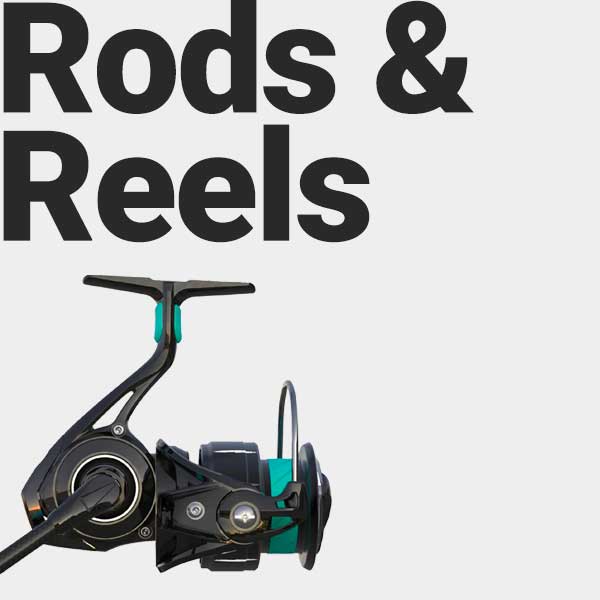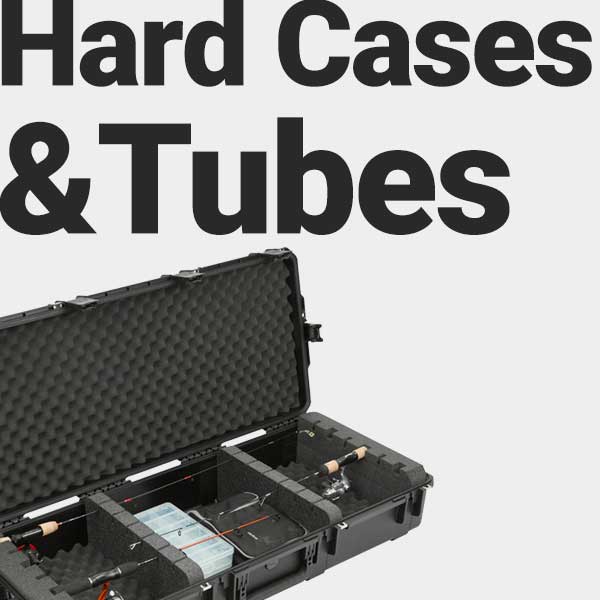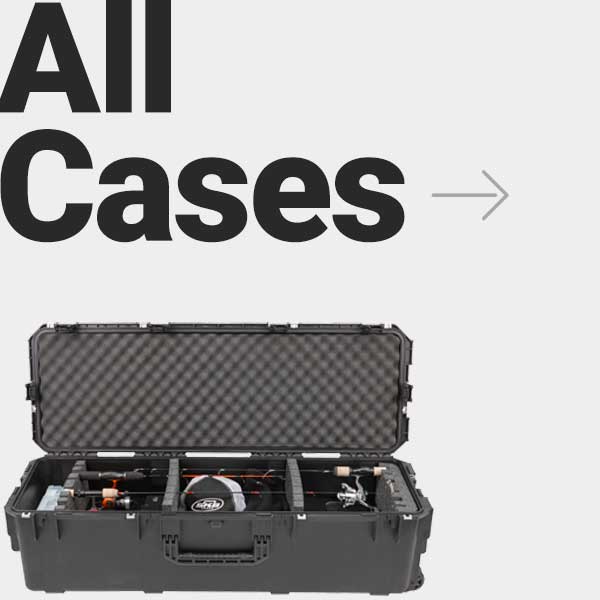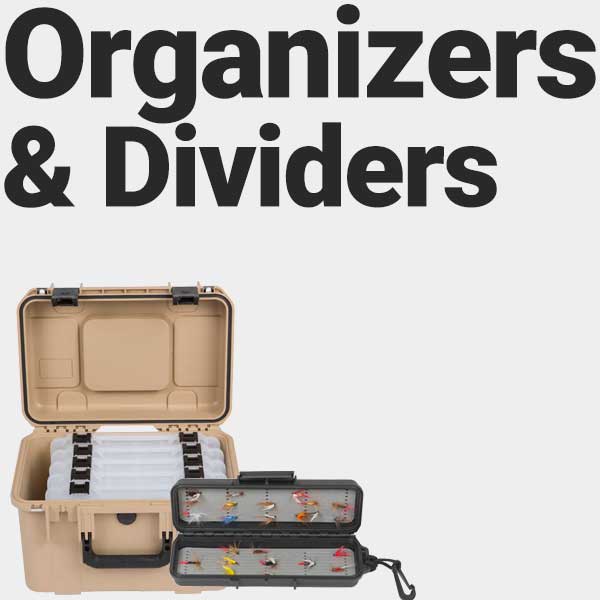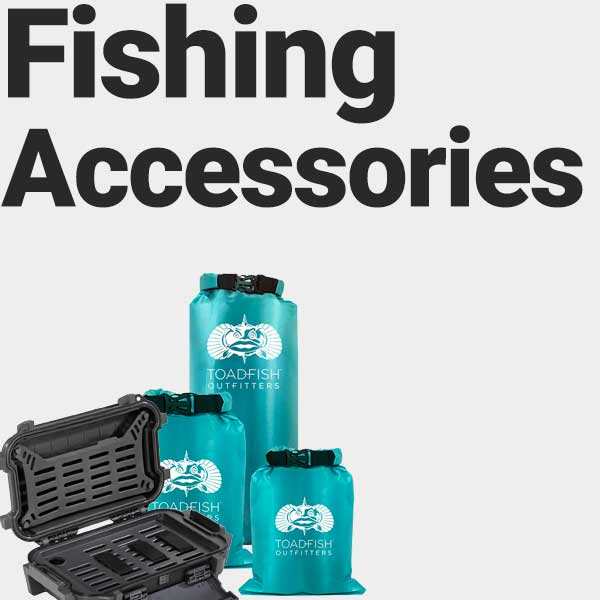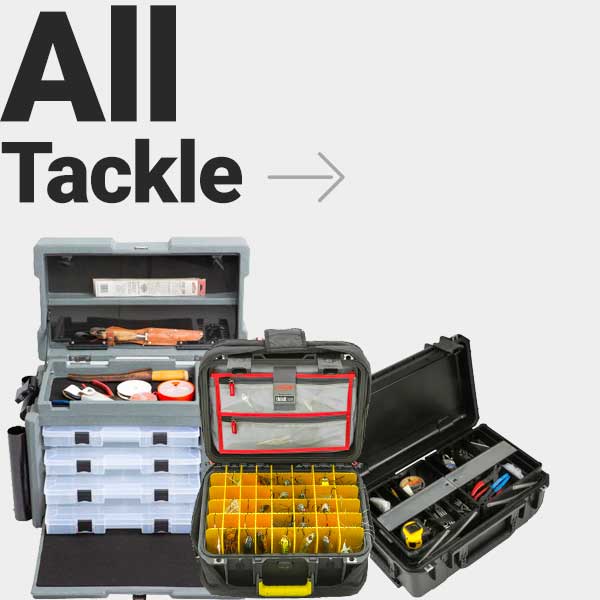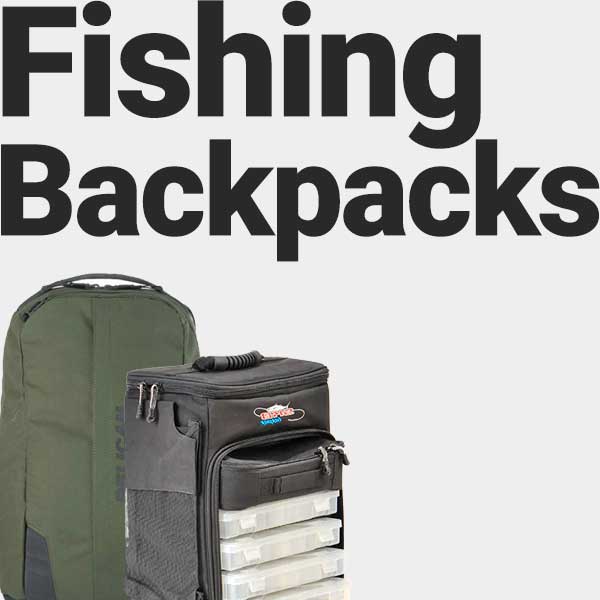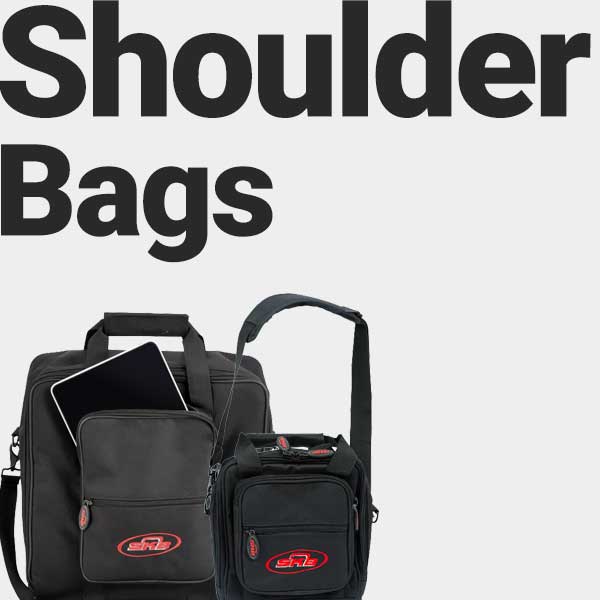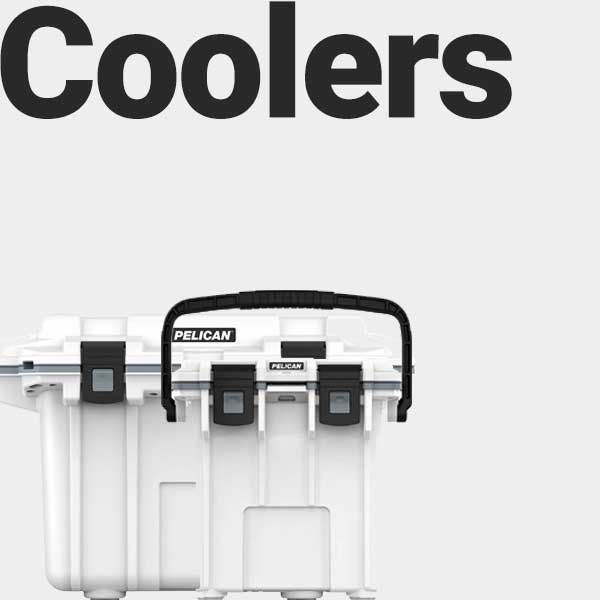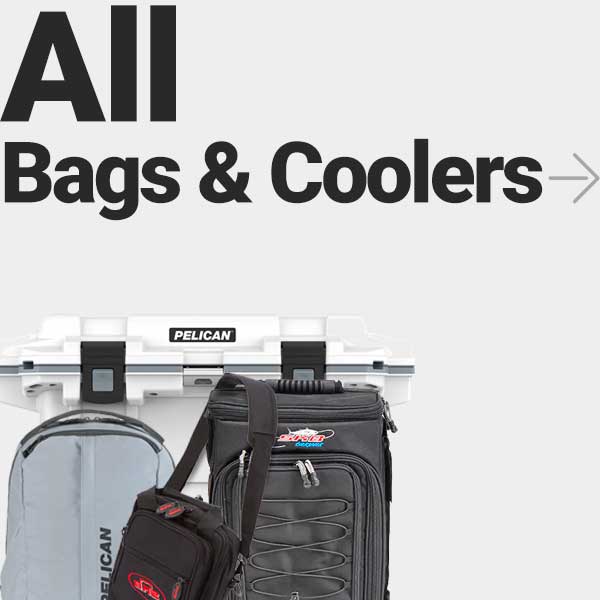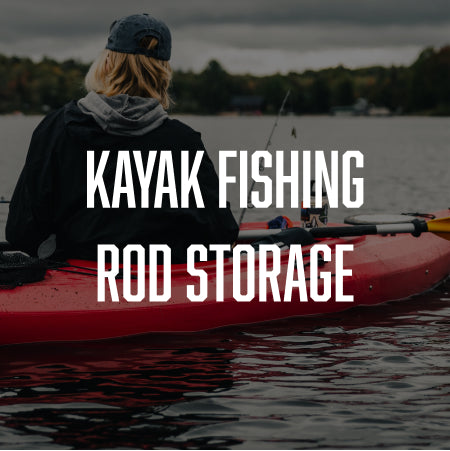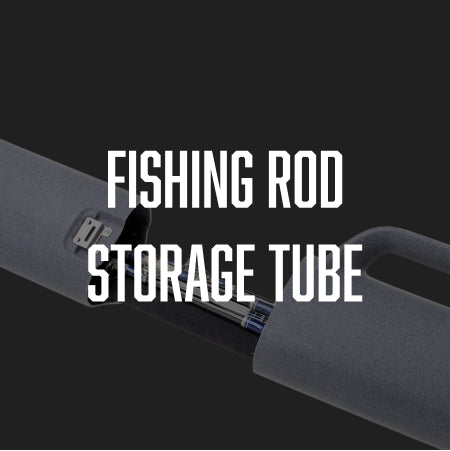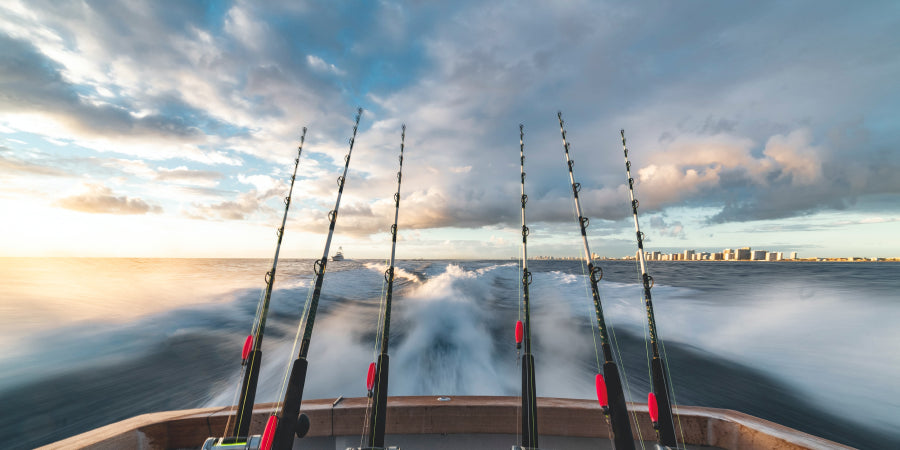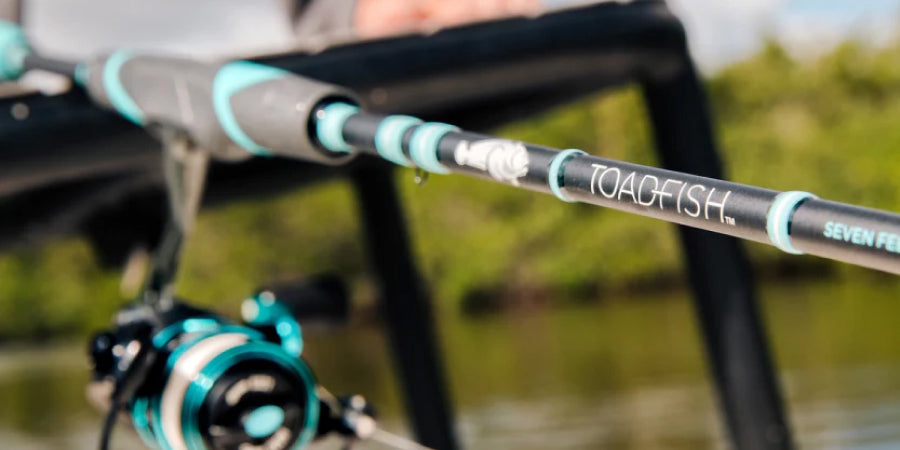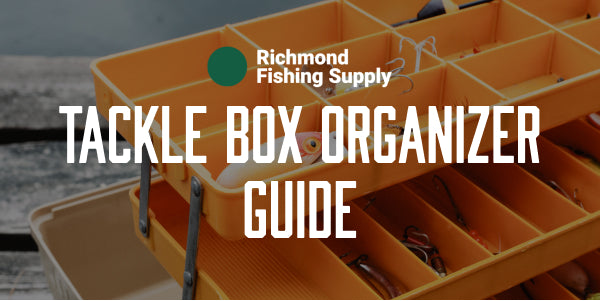
Tackle Box Organizer Guide: Tips for Tackling Your Tackle Storage
Whether you’re a beginner or an experienced angler, having an organized tackle box is essential for keeping your tackle easy to find. In this guide, we’ll cover various tips on how you can organize your tackle box in a way that works best for you.
How to Choose the Right Tackle Box
The first step is to choose the right tackle box. The size of the tackle box will depend on what type of fishing you do and what kind of gear you need to store. If you’re an experienced angler, chances are you have multiple types of lures and bait that require a larger storage capacity. If you’re just starting out, then a smaller tackle box may be enough for now until your collection grows. Our SKB tackle boxes at Richmond Fishing Supply come in a wide range of sizes and are made of indestructible rotationally molded construction to store and protect your gear and include a lifetime warranty.
Another important factor to consider is portability. If you plan on taking your tackle box with you on trips or hikes, then make sure it has a handle or straps so that it can easily be transported without any hassle. You can find our selection of fishing backpacks and shoulder bags here.
Choose Your Organization Strategy
Once you have chosen the right tackle box for your needs, it’s time to organize it! If you're new to fishing and stocking your first tackle box, start here for a quick read on 6 tackle box essentials.
When tackling (pun intended) the task of organizing your tackle box, there are two main strategies to choose from – compartmentalization and categorization. Compartmentalization involves separating items into individual compartments by type (e.g., lures in one compartment, and hooks in another). Categorization involves grouping items together according to usage (e.g., big game lures in one group, small game lures in another). Most anglers opt for a combination of both methods for maximum efficiency.
To get started, first gather all of your fishing tackle, lures, and tools. Lay them out in one spot and check everything over to see if anything needs to be repaired or replaced (this is also great to do at the end of every season!).
Organize Your Lures & Hooks First
Once you have settled on an organization strategy, start by sorting out all your lures and hooks first – this will give you an idea of how much space you have left over for other items such as line spools or leaders. Categorize them according to size or type if possible - this makes them easier to find when fishing different spots or trying different techniques. Keep heavier items like sinkers at the bottom so they don't shift around during transport or while fishing; lighter items should be placed towards the top where they won't add too much weight on top of heavier items.
Now to organize. This part requires some creativity – think about how often certain items are used and group them accordingly. For example, if certain lures are used more often than others, those should go at the top of your tackle box so they are easily accessible when needed. You can also use different compartments within the tackle box itself; these compartments come in handy for organizing small items like hooks, weights, and swivels by type and size.
Label Everything Clearly
Labeling each compartment clearly helps expedite finding what you need quickly while fishing; no more rummaging through multiple compartments trying to figure out what's inside! You can use simple sticky labels printed at home or purchase pre-made labels specifically designed for tackle boxes. Once everything is clearly labeled, put everything back into its designated space - now it will always be easy to find exactly when you need it!
Organizing your tackle box doesn’t have to be difficult! With our helpful guide above, we hope that beginner and experienced anglers alike can create an efficient system for managing their gear so they can focus more on enjoying their fishing trips rather than searching endlessly through a jumbled tackle box! Remember - choose the right size of tackle box based on what kind of fishing equipment you need, separate items according to usage frequency, label/organize small pieces like hooks & swivels, and clean out old equipment every once in a while! Happy Fishing!

